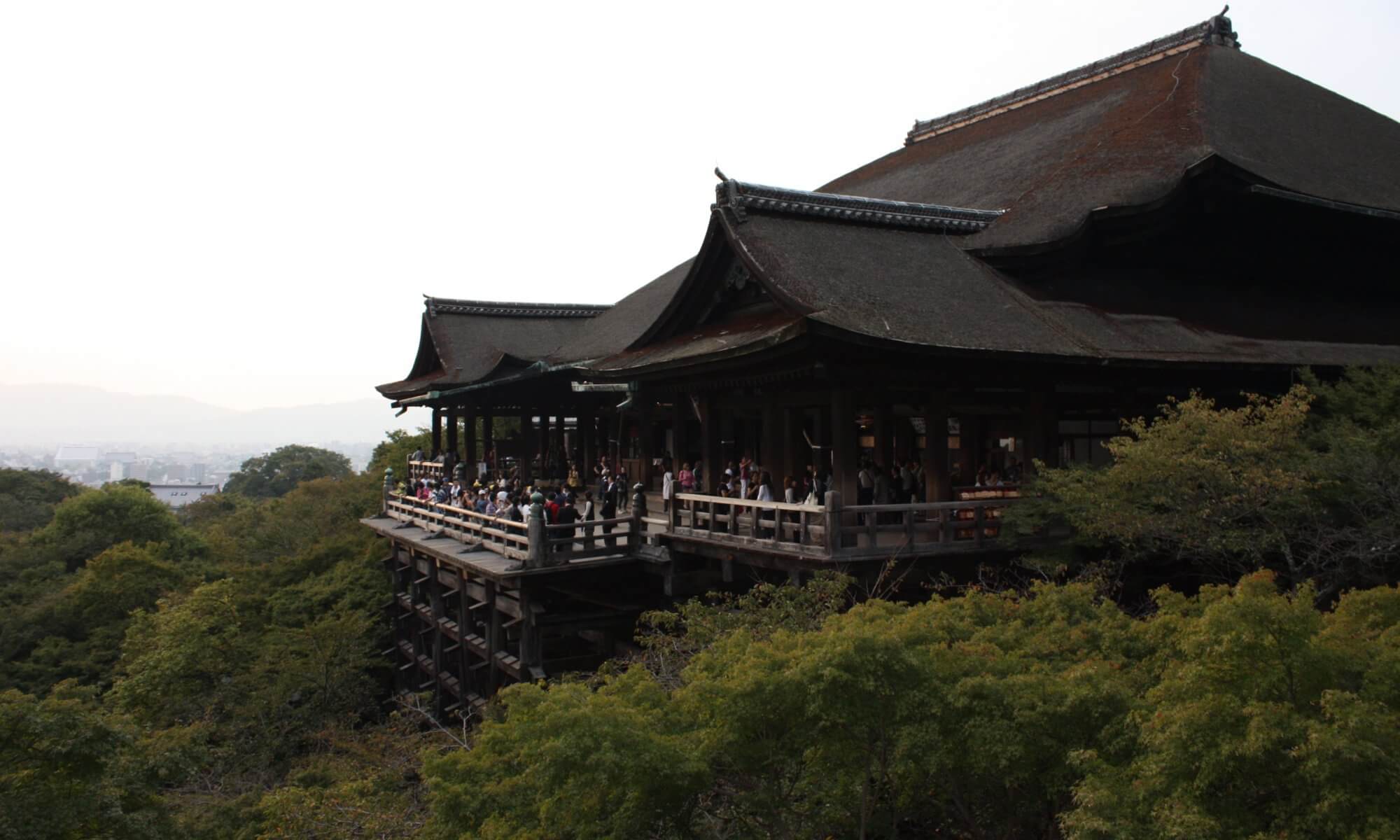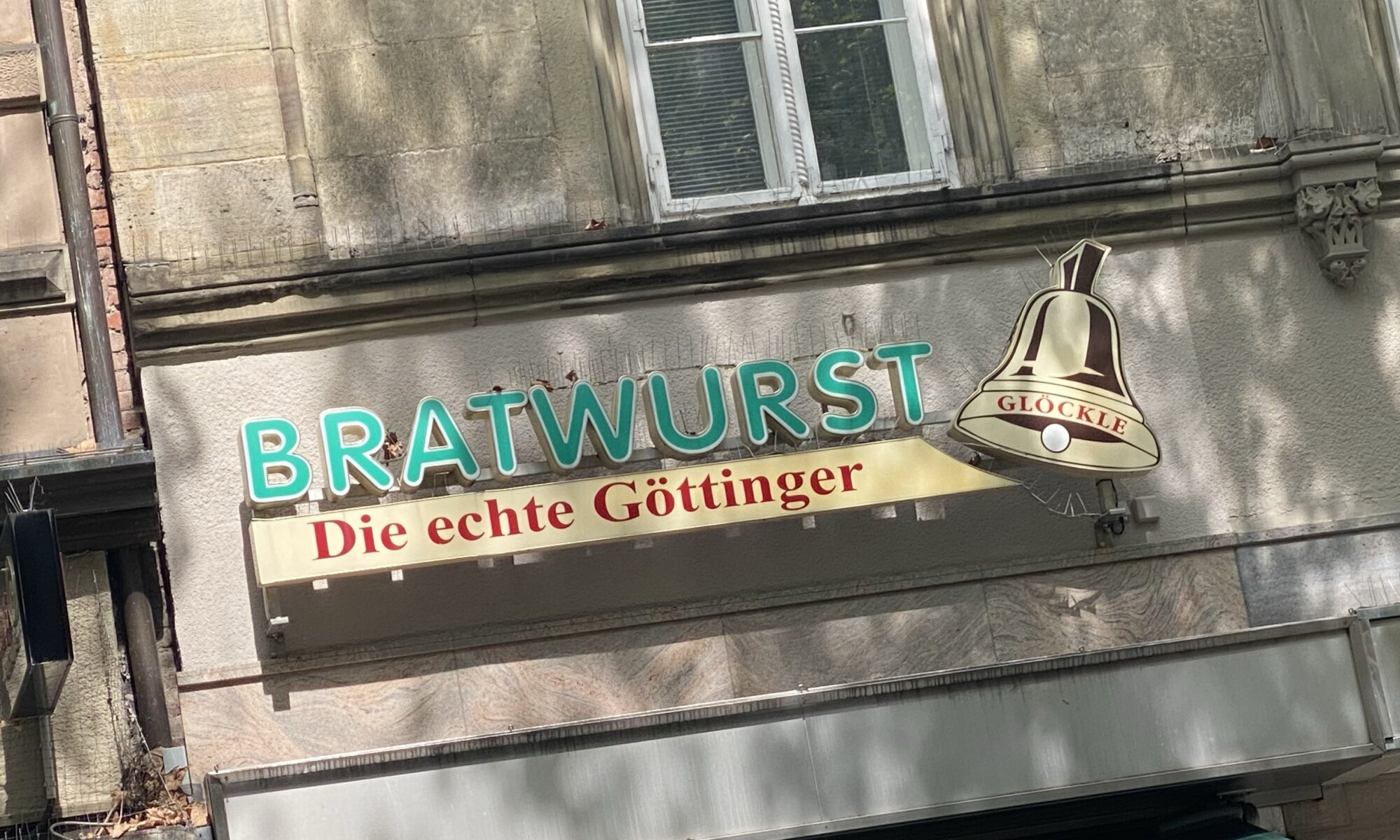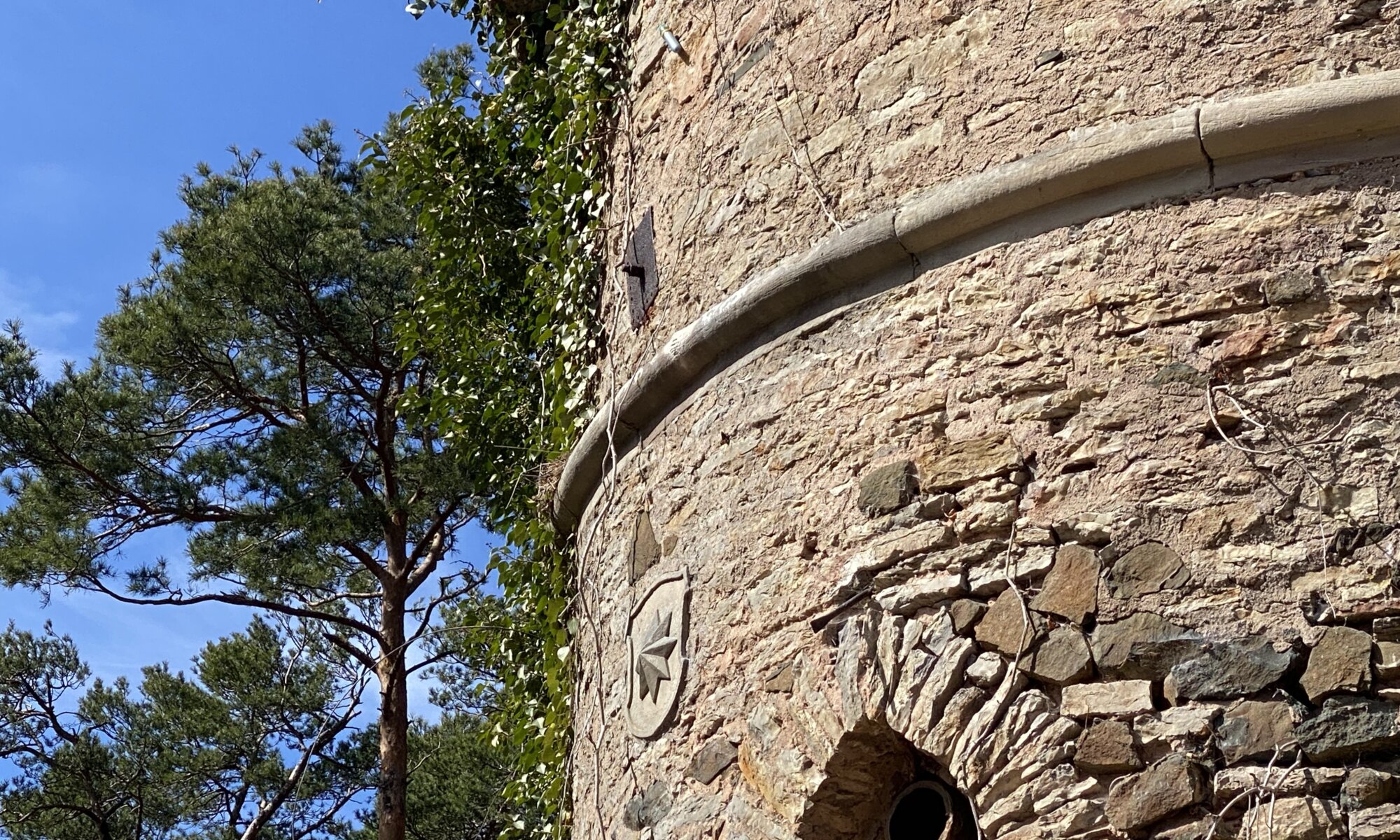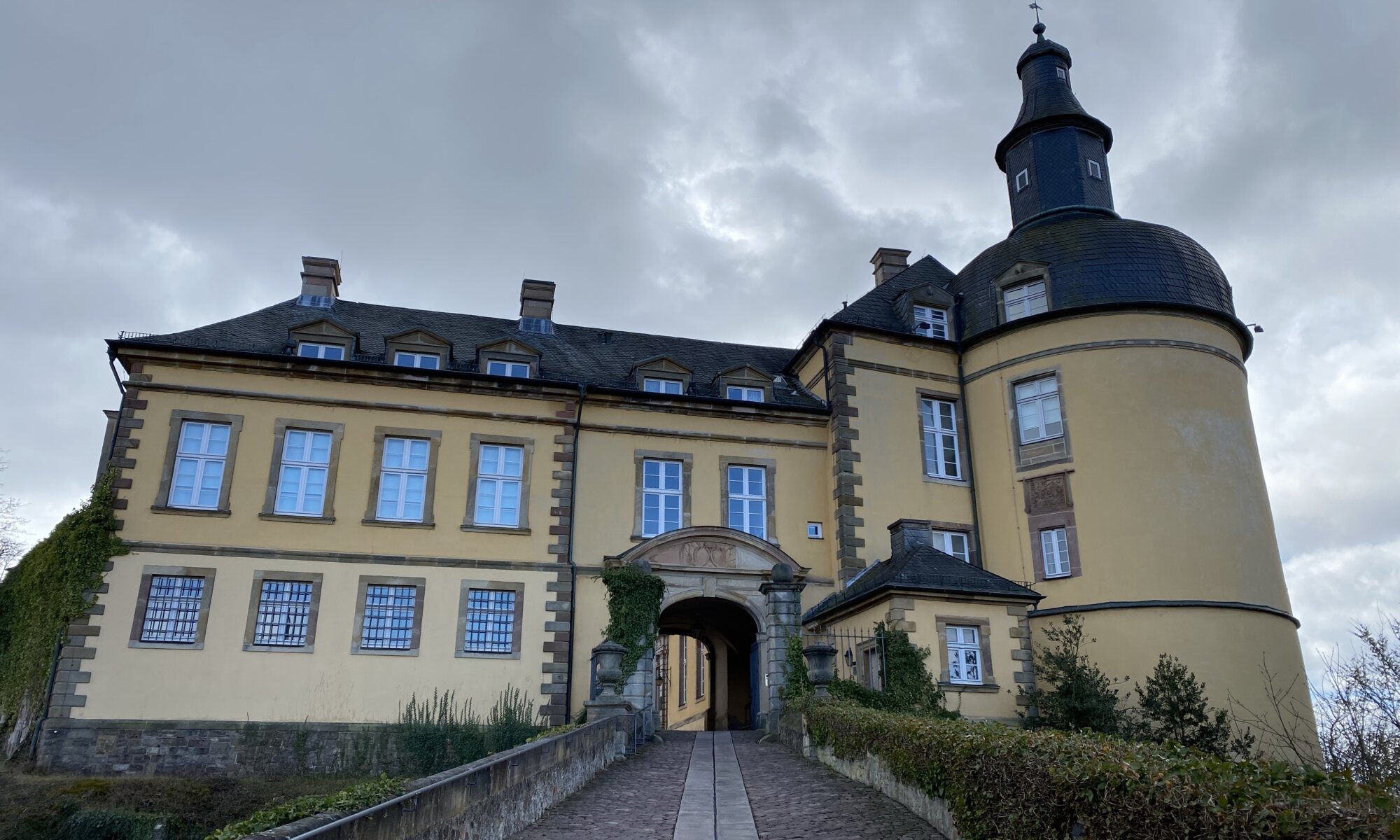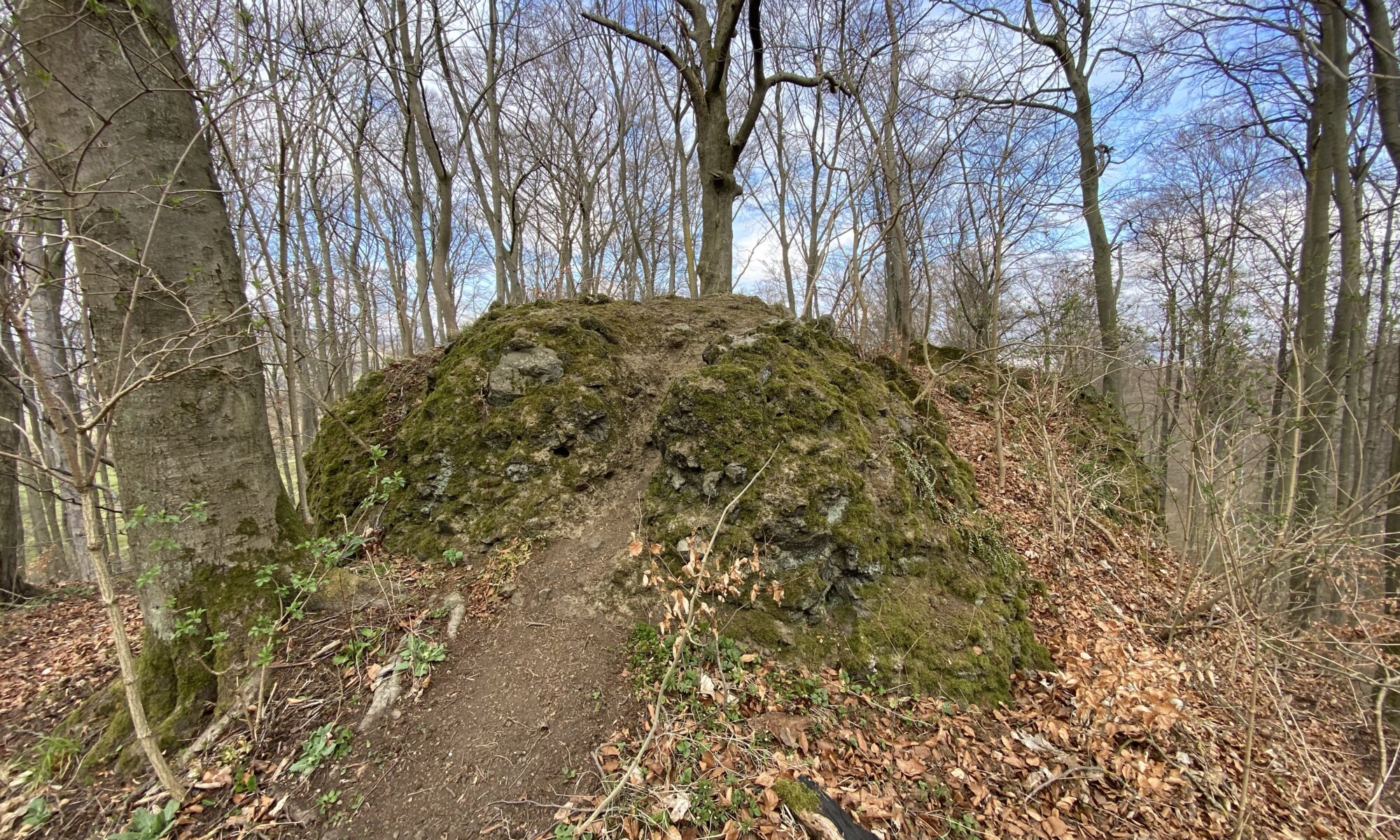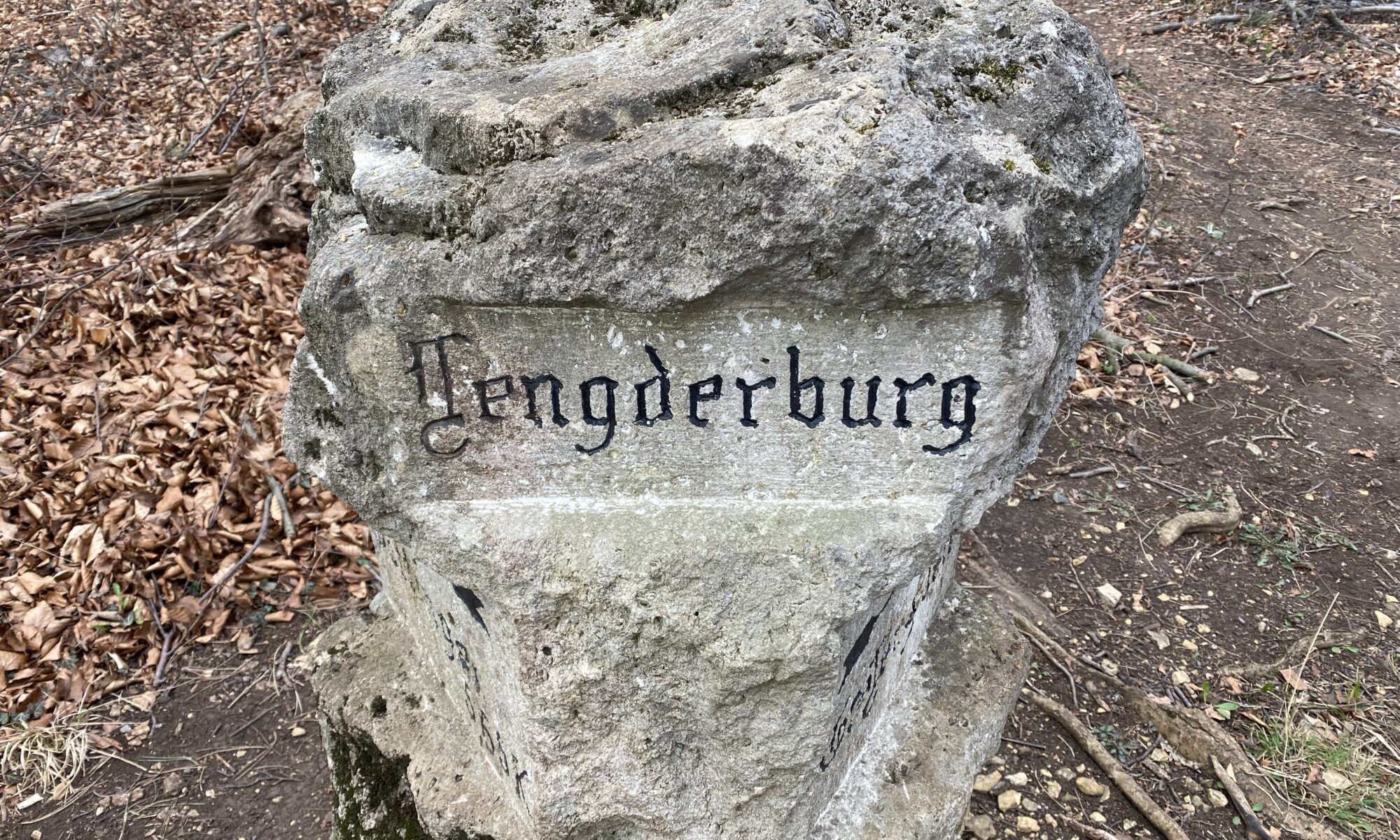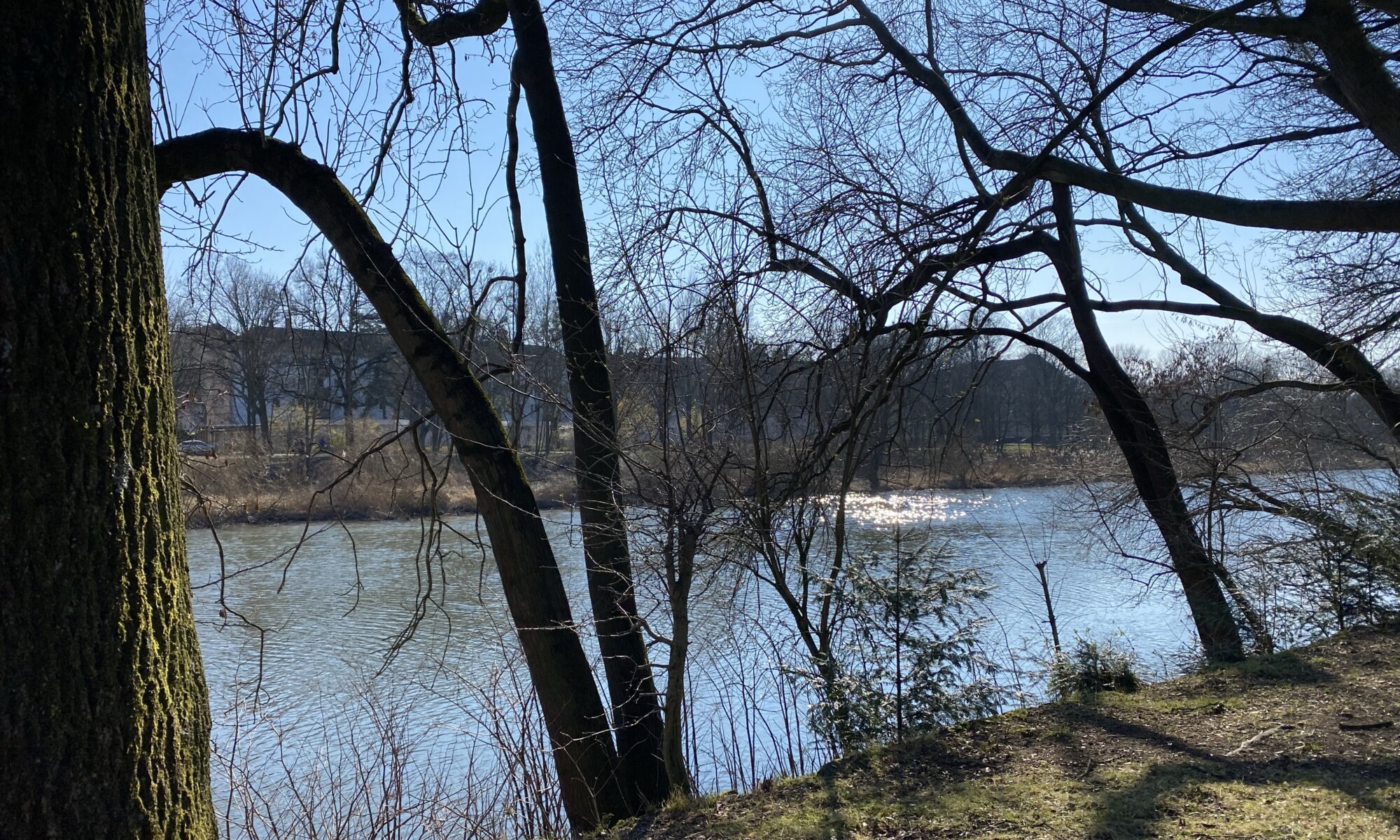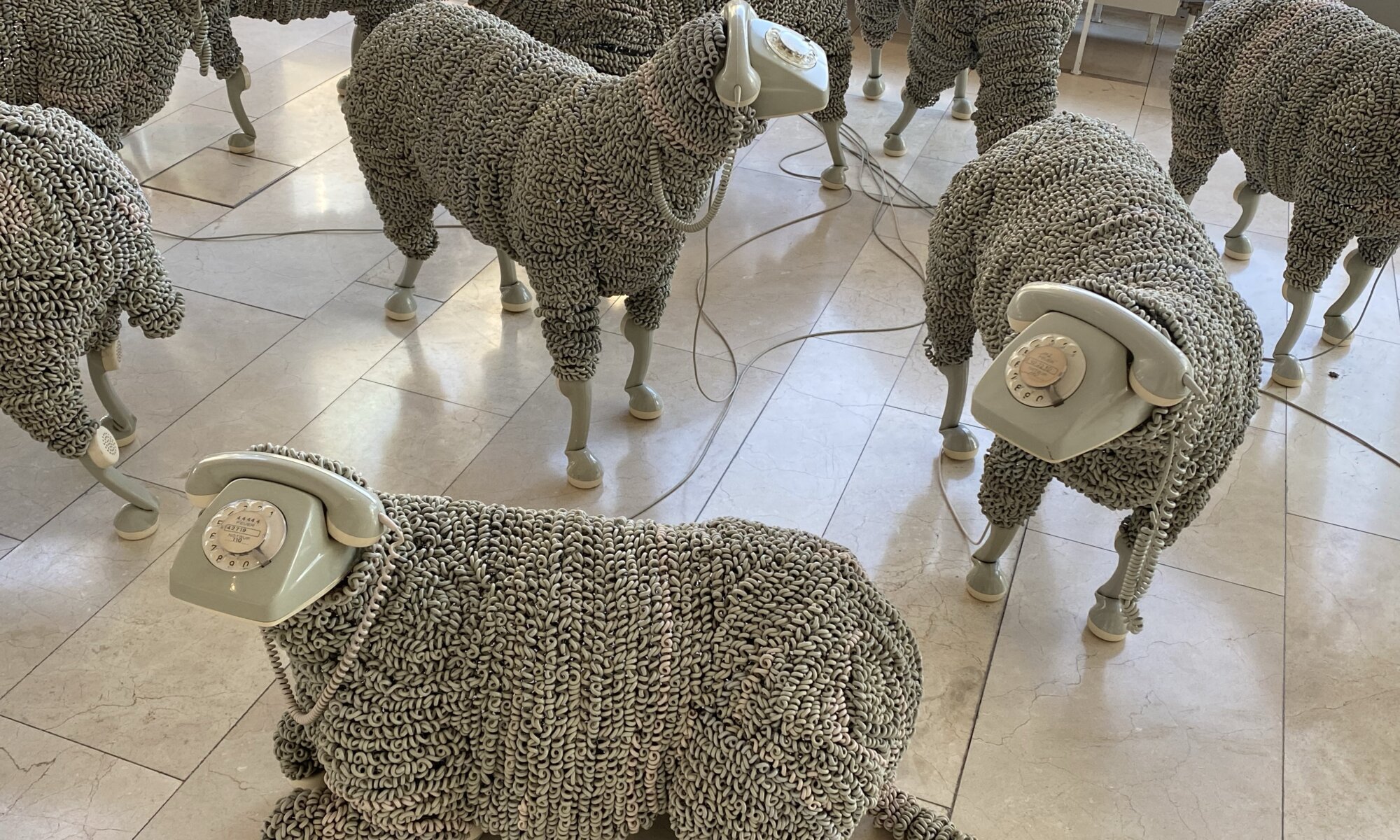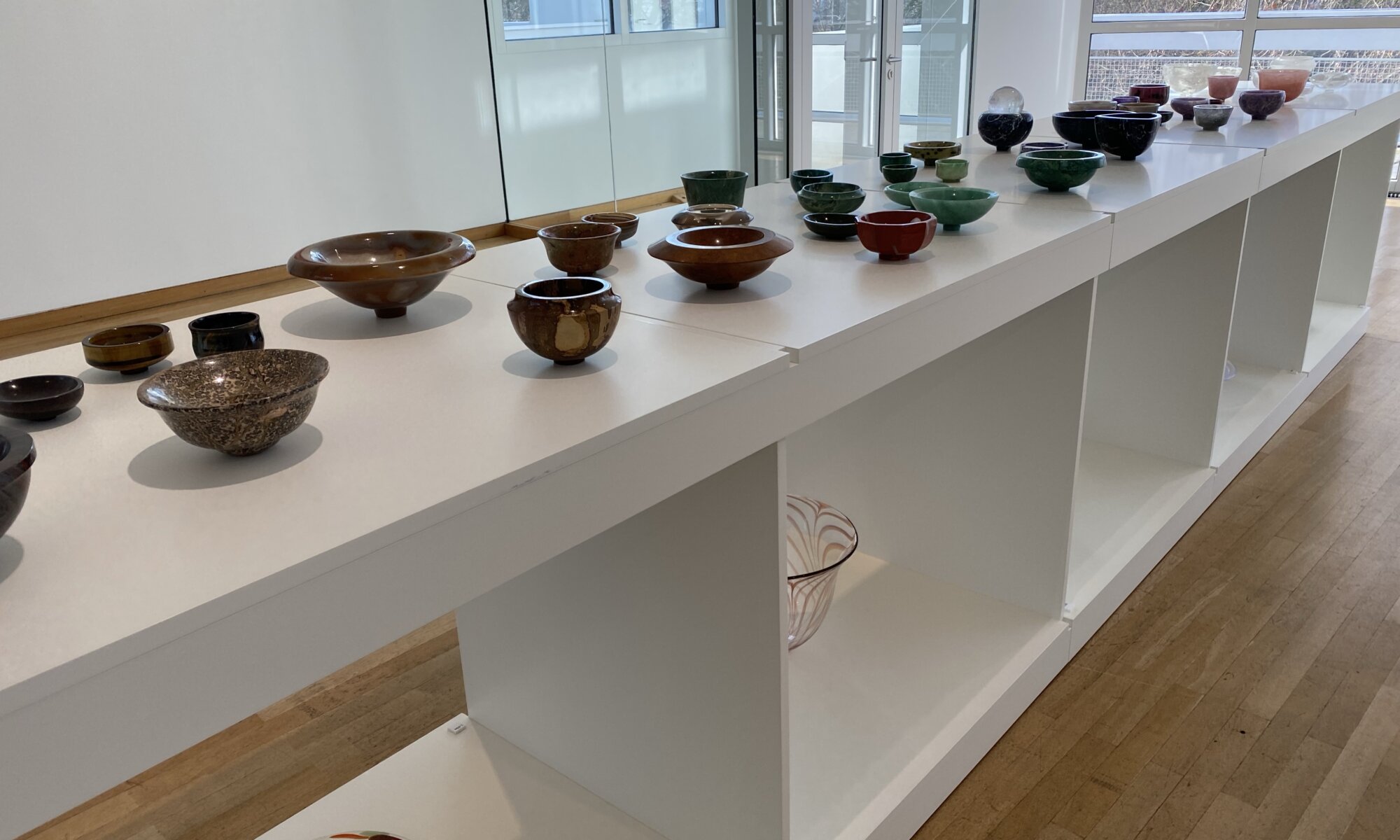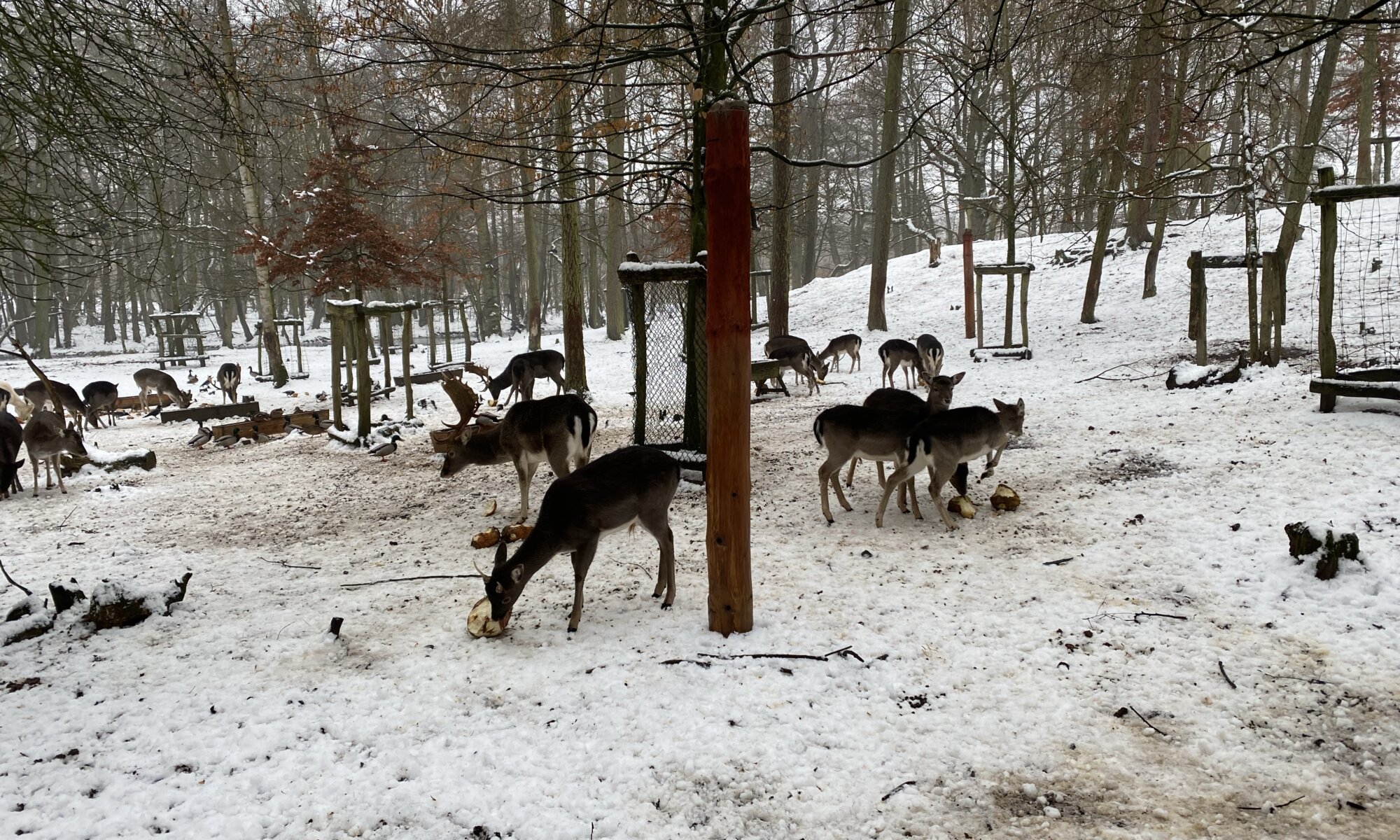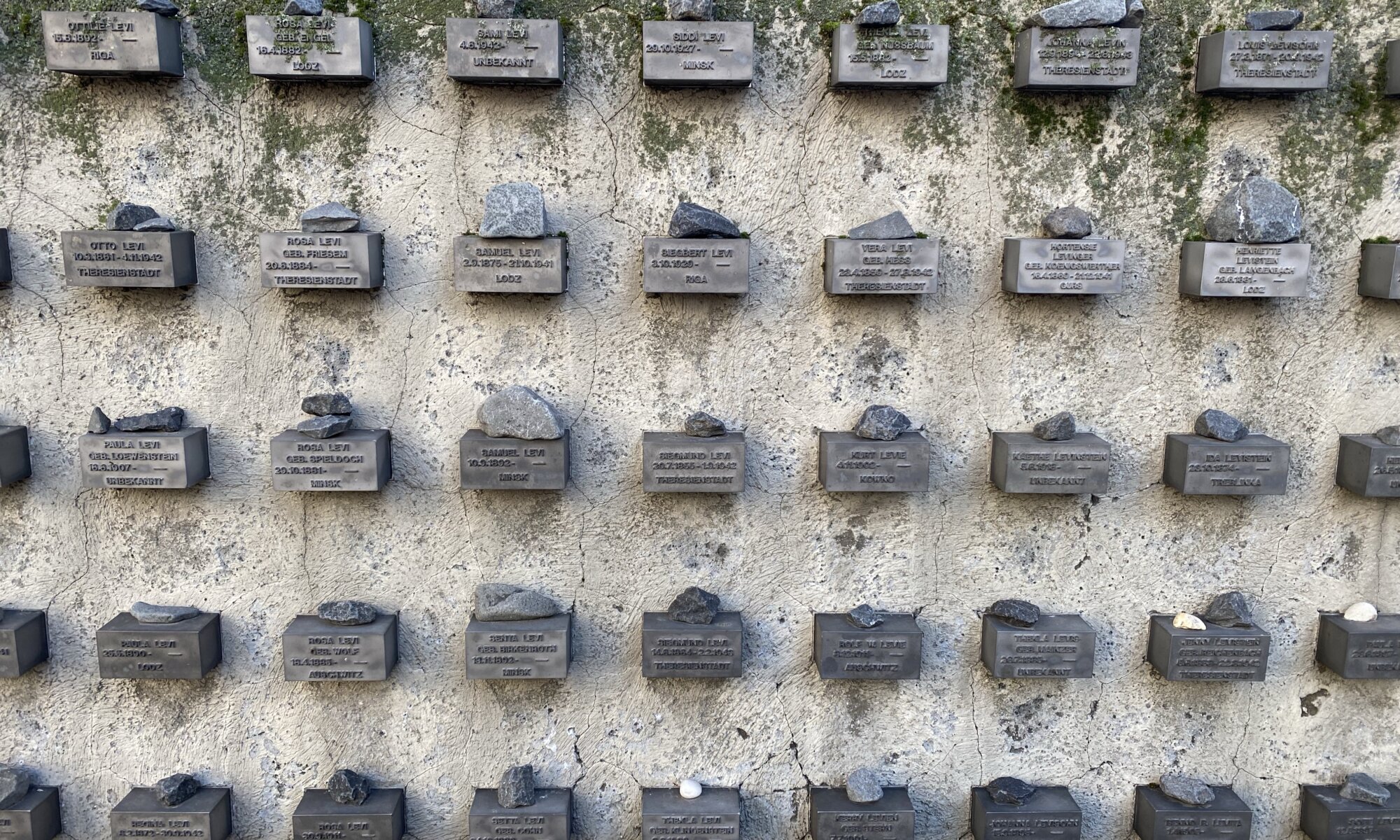Is it a clever idea to put a charcoal-fired grill into the stairway of your home and to sell grilled sausages from there? Well, in 1920 someone in Göttingen thought so and the fire is still burning! The Bratwurst Glöckle is easy to overlook if you don’t know where you have to search for it. Keep your eyes wide open at the intersection of Kornmarkt and Groner Straße/Lange-Geismar-Straße, not far away from the Gänseliesel fountain.
Continue reading “Bratwurst Glöckle”Katzenstein
The Ruine Katzenstein is a historic building close to the city center of Bad Wildungen that has been almost forgotten. It is the ruin of a ruin, partially covered with concrete and hidden in a forest. But this was different in the past; for many years, the Katzenstein tower was shown in most touristic postcards of the region. It was created as a ruin in 1876 when the spa gardens of the city were redesigned, and it was visible from the city.
Continue reading “Katzenstein”Schloß Friedrichstein
Bad Wildungen is a small spa town with mineral springs in northern Hesse. It is beautifully located on and between mountains, different small rivers (like the Wilde, Bornebach, Sonderbach, Uhrenbach, Erdbach) run through the city. At the riversides you can find nice parks and a lot of artworks – a lot to discover. On top of one of the mountains (the Schloßberg), you can find the yellow-painted Baroque-style castle Schloß Friedrichstein.
Continue reading “Schloß Friedrichstein”Igelsburg
It is disputed whether the Igelsburg (formerly Engelsburg) in the Habichtswald forest was a real castle. Ancient sketches show just four houses on top of a basalt rock protected by palisades. At which point in time this fortification was built is unknown, but it is believed that it was used by Charles the Great in his war against the Saxons (772 to 804 CE). It was given up somewhen in the 12th or 13th century CE.
Continue reading “Igelsburg”Lengder Burg
When in earlier days the people living at Klein Lengden (a village belonging to Gleichen, Germany) needed protection, they went up onto the mountain Lengderburg (383 meters high), one kilometer afar from the settlement. The so called Lengder Burg (Lengden castle), a refuge created between the year 500 and 300 BCE, is unfortunately not preserved – but its former location offers nice views on the area underneath.
Continue reading “Lengder Burg”Sleeping beauty
You can find different nice places to enjoy life at the riverside of the Leine in Hannover, Germany. The oldest beer garden of the city is the Dornröschen (the ‘Sleeping Beauty‘, founded in 1875), close to the Herrenhäuser Gärten (the Großer Garten and the Georgengarten). In the 19th century different factories were founded in the city quarter Linden on the other side of the river. Workers settled there and came over by ferry boat to have fun in the evenings and to dance.
Continue reading “Sleeping beauty”Ruf doch mal an!
Communication is an essential part of everyday life. A good place to learn more about it is the Museum für Kommunikation at the Museumsufer of Frankfurt am Main, Germany. It was created by extending the Bundespostmuseum (postal museum) founded in 1958 and now covers all aspects of communication. A very entertaining museum that gives you the chance to travel back in time and see the means of communication you’ve used in the past.
Continue reading “Ruf doch mal an!”Applied arts
The Museum Angewandte Kunst (MAK) of Frankfurt am Main is located at the riverside in the city center and is part of the Museumsufer. It resides in a modern building from 1985 but also extends to the ancient Villa Metzler from 1803. The MAK displays applied arts, which means applying design to everyday objects (in contrast to the fine arts, producing objects without practical use). Within the museum you can especially find items concerning interior design, industrial design, and crafts.
Continue reading “Applied arts”Wildlife
Güstrow is a small town south of Rostock, Germany. The region doesn’t have many touristic highlights, but there is one place you shouldn’t leave out: the Wildpark MV (the MV refers to the federal state Mecklenburg-Vorpommern). The wildlife park started after World War II with just local wild boars and deer, but it was extended continuously over time.
Continue reading “Wildlife”Traces of Jewish life
What do Theodor Adorno, Paul Ehrlich, Anne Frank, Erich Fromm and Mayer Amschel Rothschild have in common? They were Jews living at Frankfurt am Main. The city has a long Jewish history dating back to the year 1150 and the traces are still visible today – especially at the riverside of the Main with beautiful houses and at the Börneplatz, the place where the main synagogue was burned down on the 9th of November, 1938. Two impressive museums commemorate the Jewish heritage of the city.
Continue reading “Traces of Jewish life”